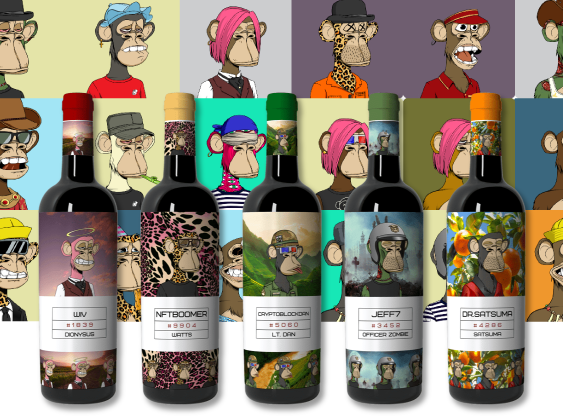NFT stands for non-fungible token. But before we press on, it’s important you understand the difference between fungible and non-fungible assets.
Money, oil, gold, realestate are fungible assets, meaning that they can be traded or exchanged for something else. Non-fungible assets are different because they have a unique code and properties that aren’t interchangeable and cannot be replaced or traded for a different item of the same kind.
NFTs are digital assets that represent real-world pieces or things like art, music, and videos or other items. It has a unique blockchain signature, turning the item into a one-of-a-kind digital token. This signature allows anyone to verify the artwork’s authenticity and any transactional related information such as ownership, who sold it, time and cost etc.
So how do they work?
NFTs exist on the blockchain – a public digital ledger of transactions that records the provenance of a digital asset. Imagine an NFTs as a physical collector’s items but in a digital format. Anyone can create an NFT by converting items like music, digital art, videos, GIFs, pretty much anything into crypto collections or digital assets and storing them on the blockchain. This term is referred to as minting.
When you purchase an NFT, instead of getting a physical piece product, you get a digital file and the exclusive ownership rights.
How do I make an NFT?
The first thing you need to decide is on the type of artwork or media you want to convert into an NFT or digital asset.
Once you have chosen the item you want to turn into an NFT, you need to decide on the blockchain you intend to use. The most common is Ethereum. You will then need to set up a crypto wallet like metamask or Coinbase, deposit Ether into your wallet to fund your NFT creation.
The next step is choosing your marketplace to make and list your NFT. The most popular NFT marketplaces are Rarible or OpenSea. Once you’ve connected your digital wallet, you can the start to create your first NFT. The steps are simple enough and usually take a few minutes to set up. Once you have completed the sign up process you can begin to mint your NFT.
Now what?
Seems simple enough, create an NFT, mint and what is sell. Hold on a second. You now need to create hype around your NFT in order for it to stand out above the other NFT’s in the market. You may want to start by advertising and creating hype on social media. Twitter, Instagram, and Discord, are the most popular platforms for creators to promote their collections.
There you have it, a super simple guide to NFT’s. Please understand that it is a very competitive market and takes a lot of patience and persistence to become successful. We always suggest that before you embark on you first NFT project, you seek the advice of professionals that can help you avoid the many pitfalls that have plagued so many creators.
